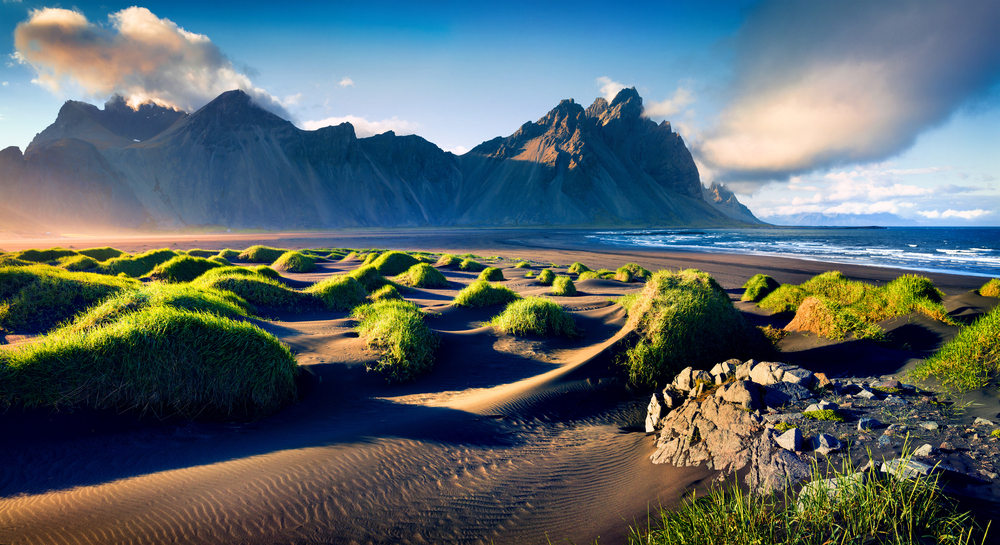Teaching jobs in Iceland

Salary and benefits while teaching in Iceland
| Teaching Benefit Type | Teaching Benefit Details |
|---|---|
| Yearly Salary | $1,500 – 3,000 USD/month |
| Working Hours | 9 am to 4 pm, Monday to Friday |
| Relocation Allowance | Not available |
| Vacation | – All national Icelandic holidays – 3 month summer holiday – 2 week Christmas holiday |
| Health Insurance | Specific to individual schools |
| Contract Duration | One year |
Teach in Iceland
Teaching in Iceland – Hiring
Hiring for English teachers in Iceland can take place year-round, with positions at the high school level or higher being the most common for teachers in Iceland.
Qualifications to teach in Iceland
To teach English in Iceland, it is recommended to have a Bachelor’s degree and a relevant ESL teaching qualification. The University of Toronto’s TEFL Online Certificate can equip you with the necessary skills and knowledge to land a job teaching English in Iceland.
With English now being taught in Icelandic schools from an early level, English is becoming more commonly spoken throughout the country. Because of this, teachers with advanced degrees or multiple years of teaching experience are likely to land a job teaching English in Iceland. English teaching jobs for ex-pats in Iceland are most likely to be found at the high school level or higher.
Visas to teach in Iceland
If you are staying in Iceland for longer than three months, you will need to apply for a residence visa before you leave for Iceland, and only travel once it has been granted. The school you will be working for may assist you in obtaining your visa and any other required work permits.

Living in Iceland
Things for teachers to do in Iceland
Iceland is full of attractions and entertainment for teachers to do and see when not in the classroom. The capital of Reykjavík is a modern city that still keeps its cultural charm. Reykjavík is also known for its world-class nightlife and entertainment scene.
If getting outdoors is more your scene, there’s no shortage of things to do in Iceland! Experience the Blue Lagoon, a geothermal heated outdoor spa, and one of Iceland’s most famous attractions.
Hiking and biking are also extremely popular and can take you across lava fields, glaciers, and sand dunes. Laugavegur is Iceland’s most popular hiking trail and provides hikers with views of hot springs, thermal vents, ice caps and rhyolite mountains! Reykjavík is incredibly bike- friendly, but more adventurous outdoors enthusiasts can venture further outside the city to enjoy unspoiled Icelandic nature.

Experience teaching in Iceland
Iceland at a glance
Country information
Capital: Reykjavík
Language: Icelandic, English
Population: 330,000
Currency: Icelandic króna
Government: Parliamentary Representative Democratic Republic
Major religion: Lutheran
Climate: Subarctic
Quick facts
About 85% of Iceland’s energy is from renewable resources, with over half of that being geothermal energy.
On average, a volcano erupts every four years in Iceland.
Due to the country’s subarctic climate, there are no forests and almost no trees in Iceland.
The Northern Lights can be seen in Iceland between November and December during clear weather.


















